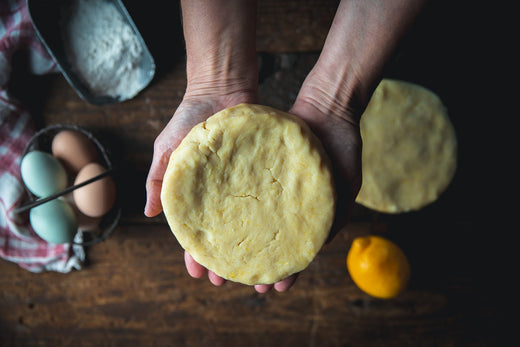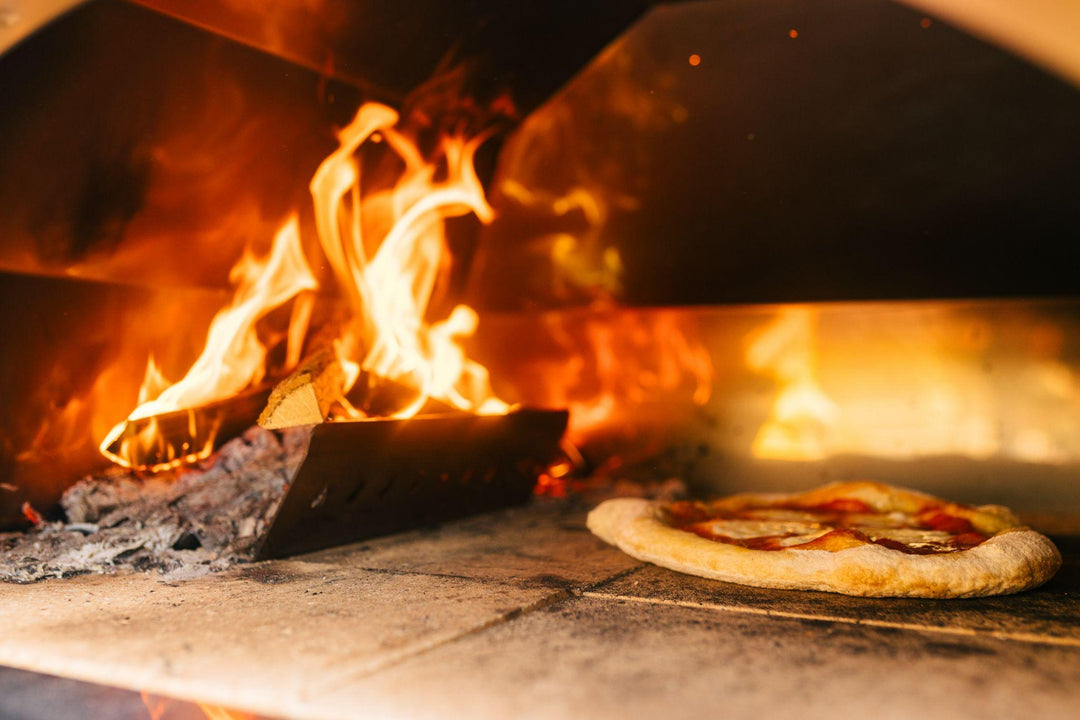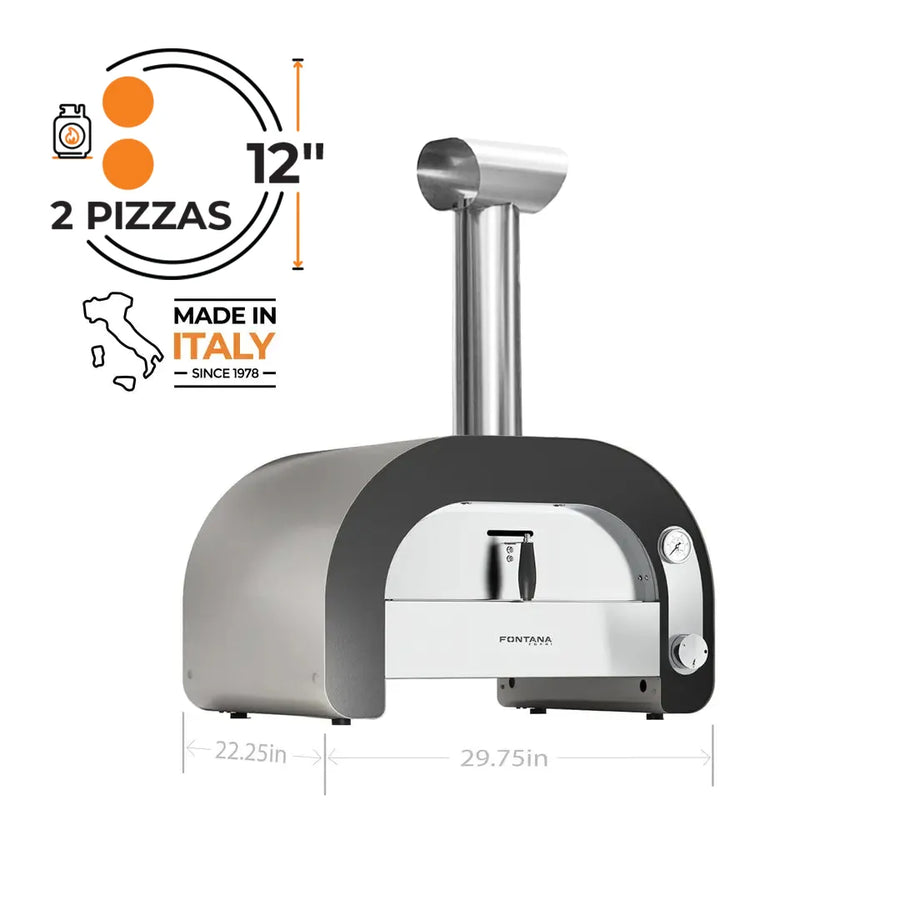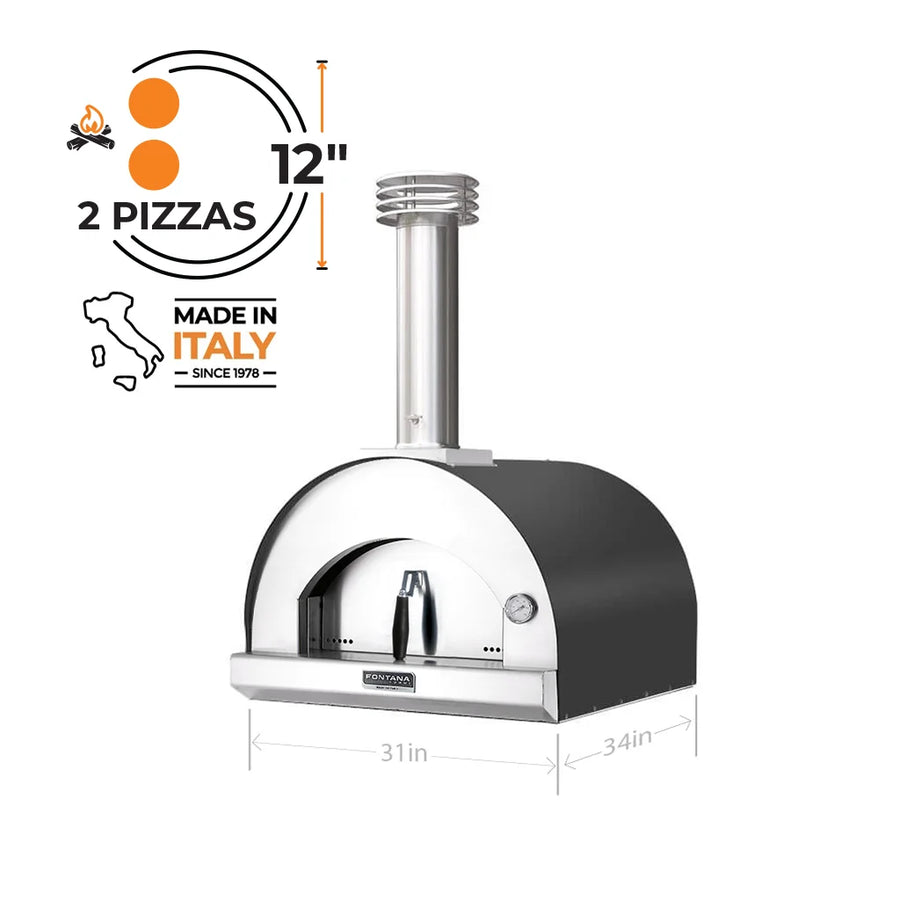Pasta Frolla - Tart Pastry Dough

Pasta Frolla - Tart Pastry Dough
Rated 5.0 stars by 1 users
Pasta Frolla is one of the most basic Italian pastry doughs used for a variety of delicious desserts. A perfect base for a fresh fruit tart, in which a variety of colorful fruits are elegantly laid over a mouthwatering custard pastry cream (Crema Pasticcera), as well as the crisscrossed lattice of a Crostata di Marmellata filled with berry or apricot preserves, and even for a delicious and iconic Torta della Nonna. These are just a few examples of how to make good use of Pasta Frolla.
Pasta Frolla consists of flour, butter (a fat), sugar and eggs. It is important to work and bring the dough together swiftly so as to not allow the butter to melt. Ideally the dough should be worked and brought together in no longer than 3-4 minutes.
Let's look at it a bit closer. Since butter contains water (82% is fat and 18% is water) you want to make sure that the water does not separate from the fat when it melts, and consequently get absorbed into the flour.
Why is that a problem? Flour contains protein. The higher percentage of protein in a flour, the more gluten development is possible. Once the protein in the flour is introduced and saturated with water, it begins to develop gluten. For a pastry dough gluten development is the ENEMY. It becomes a great hindrance when the final product is supposed to be a soft, expandable dough. For better understanding, gluten strands are kind of like rubber bands that don't allow the dough to be stretched easily.
This is the reason as to why we choose to use 2 egg yolks and only one whole egg. Again, egg whites consist mostly of water and protein. The water in the egg white will develop gluten when absorbed in the protein of the flower. This is what we are trying to avoid. Egg yolks on the other hand consist mostly of fat.
So the best choice of flour is one that is poor or low in protein content. The higher the protein content in the flour, the more gluten will be developed once water is introduced. So, for pasta frolla GLUTEN development is the enemy and must be avoided. For bread, gluten development is important in order to form an elastic dough, one that will be able to hold the gas development inside as it ferments and rises.
You will need:
- Mixer or even better a clean work surface and hands
- Bench scraper
- Plastic wrap
- Rolling pin
- 300 grams all-purpose flour - we used Farina Denti per Dolci
- 125 grams fine sugar (for a more delicate dough powered sugar can be used in the place of granulated sugar, or superfine sugar made with granulated sugar pulsated in the food processor)
- 125 grams unsalted butter
- 2 egg yolks and 1 whole egg
- Zest of 1/2 a lemon
- Pinch of salt (about 1/8 teaspoon)
- 1/2 teaspoon vanilla extract (optional)
Supplies
Ingredients
Directions
Place the flour, sugar and salt on a clean work surface. Mix thoroughly and with the help of one hand create a well.
In the center of the well add the pliable, cubed butter. At first rub it into the dry ingredients with the help of the fingertips of three fingers, as shown in the video. A bench scraper can also be used to cut the butter into the flour just until it reaches a crumbly consistency.
Next, take a handful of the mixture, and rub it quickly between both hands into a coarse sandy consistency. Continue doing the rubbing-in method between both palms with the rest of the flour.
Once again, create a well in the center of the mound.
Crack the eggs in the center of the well. Doing this will keep them from spilling out.
Add the vanilla and the zest of an organic lemon or orange which has previously been washed. Make sure to avoid the pith as it can be bitter.
With the help of a fork begin to mix the wet ingredients while slowly incorporating some of the flour from the inside edge of the well.
As soon as the dough comes together, and the center is no longer runny, quickly bring everything together with the bench scraper and knead with both hands until smooth. Do not overwork the dough as it will become tough. The entire process of making Pasta Frolla from beginning to end should take no longer than 5 minutes.
Shape the dough into a ball, flatten it out, and smooth the edges as shown in the video with the bench scraper.
Cover with plastic wrap and place in the refrigerator for at least 30 minutes, or better yet one hour. The dough can also be refrigerated overnight or frozen for later use. Enjoy!
Recipe Video
Recipe Note
Buon Appetito!
Subscribe to our YouTube channel for more videos!
Follow us on Instagram and tag us with your culinary magic! We would love to see how you make this recipe!






